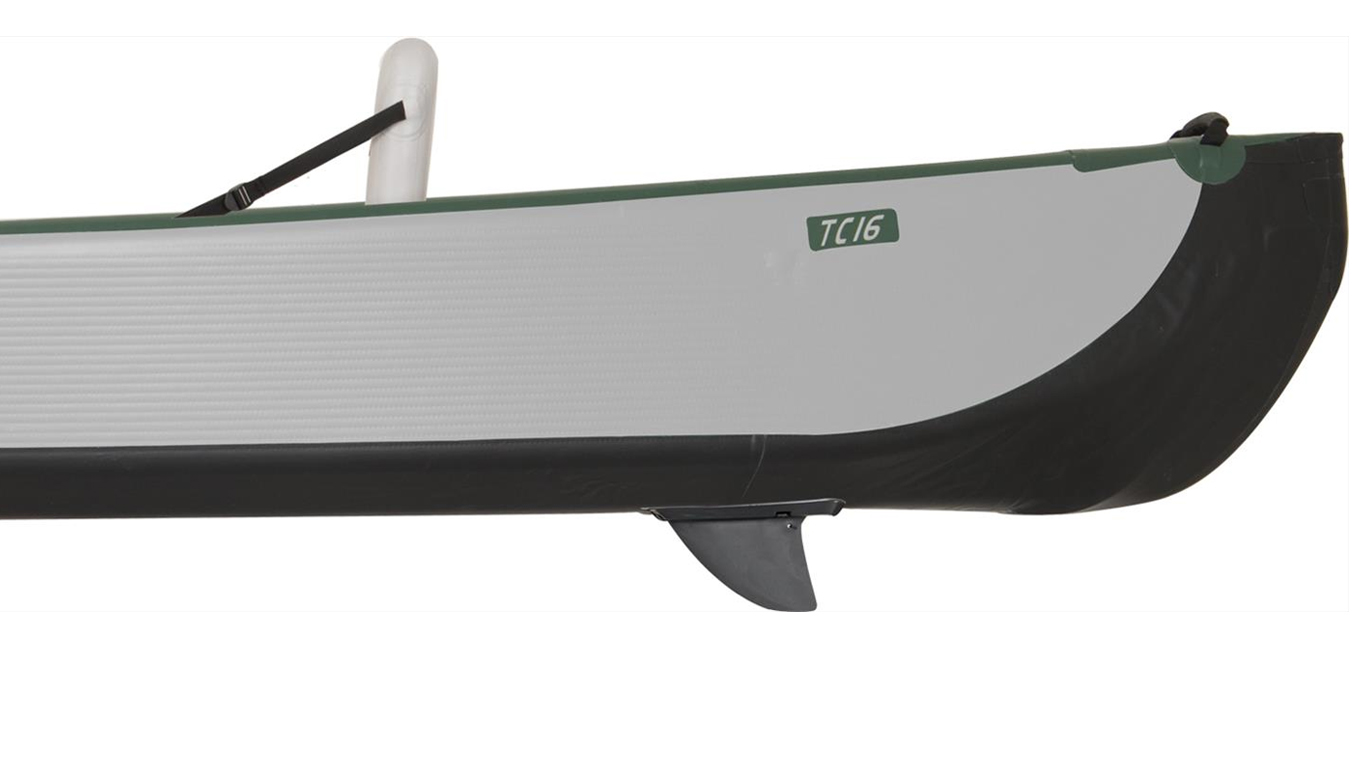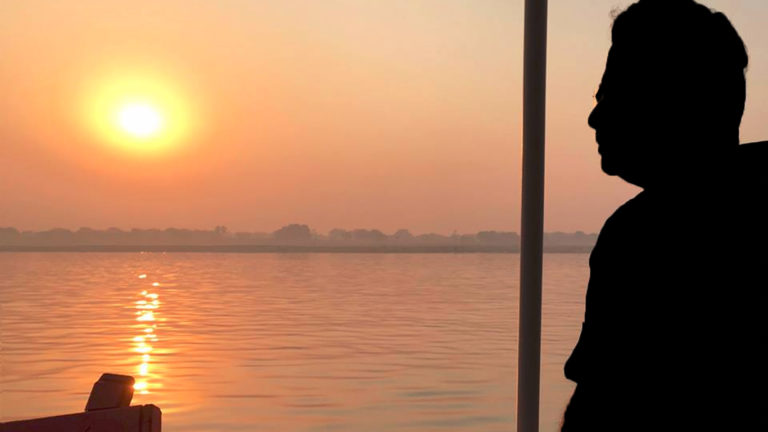Nov 28, 2018, To skeg or not to skeg
Slow Boat Down the Ganges Update 51

I am halfway down the river on A SLOW BOAT DOWN THE GANGES. The down trip starts now, when the distance to go becomes lesser and lesser compared to the distance completed. And it has been an exhilarating trip so far. The river has changed, and continues to change. The upper reaches was defined by narrow channels and shallow depths. Now the river is wide and substantially deeper than what it used to be in the early days of the expedition.
When I say deeper, I really mean that the keel is not scraping te river bed any more. In the early days one would get grounded and had to get off the boat, pull it into deeper waters to be able to start paddling again. Multiple times a day. Those days are gone, though I did come across some shallow stretches near Sitamarhi. Passing boatmen told me that this stretch becomes entirely dry in the summer months. But largely, the river has been fairly deep.
What has also changed is the wind conditions. It is decidedly more windy on most days. This results in two things. First, the placid water has become a lot more ripply, and on some days, particularly in Varanasi, the ripples turned to small waves. The other thing that has happened with the wind, particularly when there is a crosswind, is it becomes very difficult to control the boat and have it continue on a straight line. The canoe, unlike a kayak, sits higher in the water, providing a lot of surface for the wind to affect. The bow )front of the boat) is comparatively simpler to keep pointing straight since it cuts through calmer water. But the stern (back) of the boat has to go through turbulence created by the passing boat. Add to this the wind hitting the side of the boat, and it turns towards whichever direction the wind decides it should turn towards.
It is extremely strenuous to struggle to keep the canoe pushing on straight, often times the wind wins. At such time, it is easier and less frustrating to allow the wind ... and the canoe ... to do its thing, before correcting. This results in a longer mileage, correcting the boat and infinitely more tiring and disconcerting.
There is a piece of equipment that allows for tracking the canoe in a straighter line. By attaching and deploying a skeg, it keeps the canoe track a straighter line, than without. Do I have a skeg? Yes, I do. Have I deployed it yet? No, I haven’t. Am I stupid? Probably. In my wisdom, there are two reasons why I have not deployed it yet. In the shallow stretches of the Ganges, deploying the skeg would probably ensure its quick demise. Multiple strikes against the rocky bottom would break the skeg, and fearing that I did not deploy it. Also, the current was mostly in my favour and tracking was easier.
The second reason I have not deployed it yet, is keeping beaching the canoe in the evening in mind. It is easy to forget that there is a skeg attached to the bottom of the bottom, something that is not visible, and drag the canoe to shore. This will invariably result in bending the skeg and possibly even breaking it. When tired and looking forward to a evening and night of rest after a hard day’s paddle, little things like caring for a skeg, might get overlooked.
Ideally, I should wash and clean the canoe every evening. Every time I step inside the canoe, I bring along with my booties, a glob of mud. This remains for the rest of the day, and cakes dry through the night. I have cleaned this mess when I have used the canoe as my bed, but on most days I have not, particularly when I have the option of staying in a village. This is not good for the longevity of the canoe and I should be a little more careful. After all, this canoe ... THORNBIRD ... has to take me down a few more rivers and lakes in the future.
Let us come back to the issue of the skeg. Every time the wind pushes the canoe every which way except the way I want it to go, it is a very physical next few minutes, correcting the direction the boat is pointing. What makes life even more challenging is when the boat a hundred and eighty degrees, finally settling when it is facing the direction it has come from. The wind has helped me at stages, when the boat has gently drifted along with the wind, taking me where I wanted to go. But when it starts acting up, particularly in a crosswind, life is becoming a bit more challenging.
I think I will deploy the skeg and check out the difference. I am sure it will help track better. That is the hope anyway. I just need to remember to fit the skeg before I load up the canoe. And I need to unload the canoe while it is still in the water, flip the boat, take the skeg out, and then drag the canoe onto the beach. Lot of work? Maybe. But, while on the water, if the skeg does what it is supposed to do, paddling will become much easier.
I am no paddler. At least, I was no paddler when I started out on this journey. I am a much nmore accomplished paddler today, and am learning with every paddlestroke. The next lesson I am faced with is the efficacy of the skeg, and hopefully it will be a happy lesson.




 (2 votes, average: 5.00 out of 5)
(2 votes, average: 5.00 out of 5)![]() Loading...
Loading...








Many places the shores are quite steep so removing skeg will be problematic unless you anchor midstream
I agree. But then, if the shores are steep, that location is a no-go for me to beach the canoe. I look for a nice sandy beach or a ghat with steps. Taking the skeg off mid stream is not for me, since it is fixed into the skeg plate below the canoe, which is underwater. The way to remove is to REMEMBER there is a skeg attached, take the canoe to the shore, stand in about knee deep water so that the skeg is still above the river bottom, reach down and take it out. Alternatively, lift the canoe onto the shore and place it sideways to be able to take the skeg out.
Having said that, the skeg is quite sturdy and flexible. It will not break off in a hurry … but why take the chance.
Note to myself: REMEMBER IT IS ATTACHED when you beach.